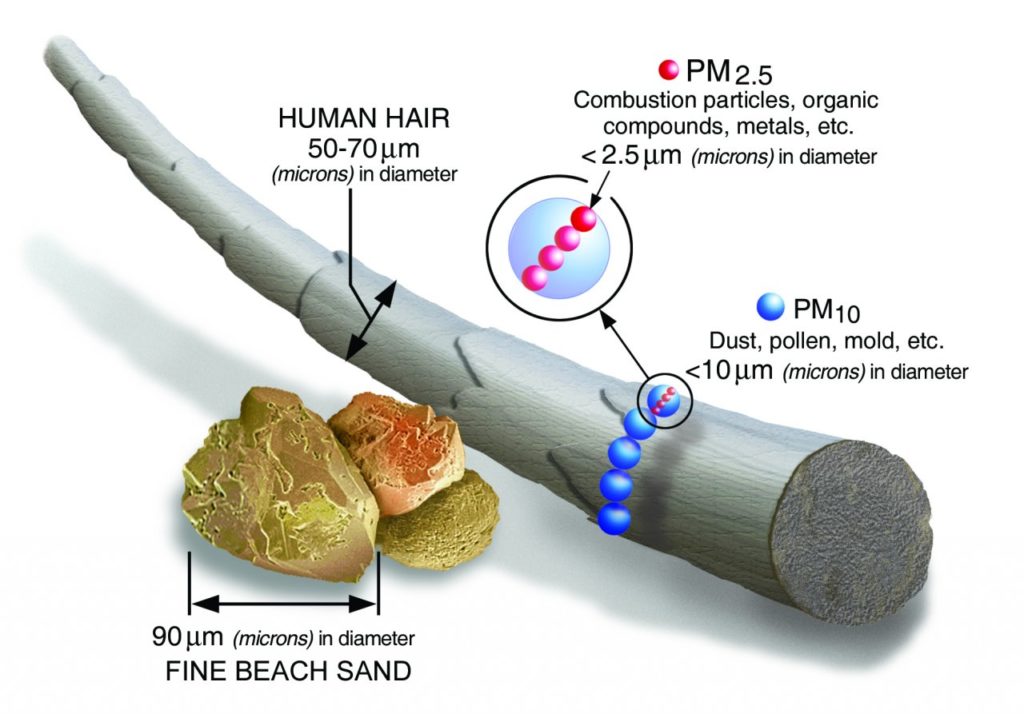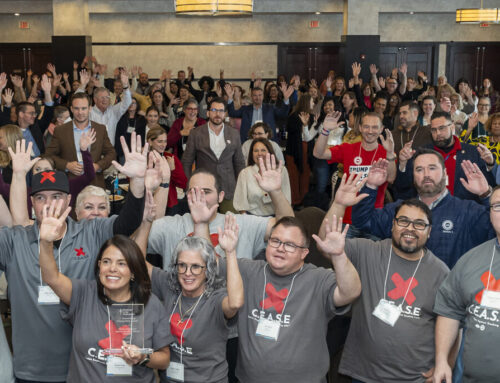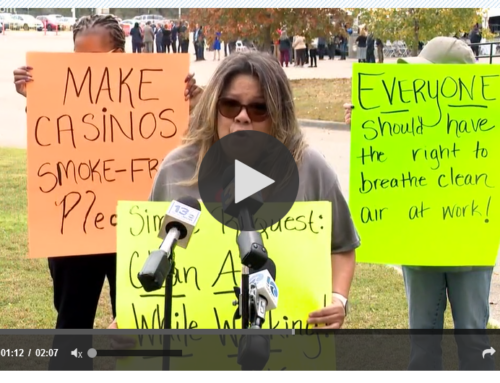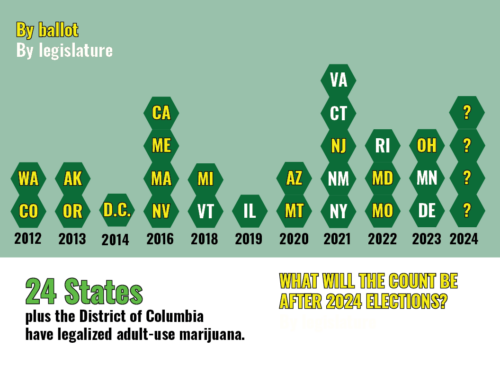As U.S. Senate Majority Leader Chuck Schumer introduces a federal bill to legalize cannabis/marijuana (herein referred to as marijuana), advocates for smokefree air are steadfast in reminding everyone that smoke is still smoke.
Senator Schumer said the proposal he and his colleagues are working on will “ensure restorative justice, public health and implement responsible taxes and regulations.” We support these efforts to restore justice and establish health equity for all. Supporting decriminalization or legalization of marijuana does not mean support for mass commercialization or smoking of the product in all indoor spaces; workers or non-users should not have to breathe secondhand smoke on the job.
To be clear, marijuana secondhand smoke is a health hazard. Although the evidence base is still growing, current peer reviewed research indicates that marijuana smoke has a similar chemical composition to tobacco smoke and that the risks of exposure to secondhand marijuana smoke can be significant, such as increased risk of heart disease1. Marijuana smoking is also a major source of dangerous PM2.5 emissions; in fact the emission rate from a marijuana joint is 3.5 times that of a cigarette. 2 PM2.5 emissions are very small particles that can lodge deeply in the lungs and can enter the bloodstream.
Breathing any type of smoke is harmful to health. Secondhand marijuana smoke contains hazardous fine particulates and hundreds of chemicals, similar to secondhand tobacco smoke. For workers and the public, it is another source of indoor air pollution. Nobody should have to breathe drifting secondhand smoke of any kind on the job, in an apartment building, or in other shared air spaces. Recently released research from UCSF 3 indicates that the interior air inside a cannabis store with on-site consumption where dabbing or vaping instead of smoking is used, is still dangerous, at levels of over 100 on the Air Quality Index (AQI) chart. The EPA’s Air Quality Index (AQI) translates air quality data into numbers and colors that help people understand when to take action to protect their health. And while proponents of marijuana smoking may use the product, a retail employee must be in that toxic environment for their entire work shift, sacrificing their health for a paycheck.
Senator Schumer has said that the bill will not allow the tobacco industry to take over, yet we have seen much evidence that Big Tobacco is already a major player in the marijuana business.
“Regardless of what happens with federal legalization of marijuana,” says Cynthia Hallett, ANR President and CEO, “Smokefree indoor air laws should remain strong and not allow for smoking or vaping marijuana indoors. ANR strongly encourages all cities and states to include marijuana as a product that cannot be smoked or vaped in smokefree environments to ensure public health protections when marijuana is legalized.”

Size comparisons for PM particles.
Graphic via EPA website.
Citations
1 Wang, X.; Derakhshandeh, R.; Liu, J.; Narayan, S.; Nabavizadeh, P.; Le, S.; Danforth, O.M.; Pinnamaneni, K.; Rodriguez, H.J.; Luu, E.; Sievers, R.E.; Schick, S.F.; Glantz, S.A.; Springer, M.L., “One minute of marijuana secondhand smoke exposure substantially impairs vascular endothelial function,” Journal of the American Heart Association 5(8): e003858, August 2016. https://www.ncbi.nlm.nih.gov/pmc/articles/PMC5015303/
2 Ott, W.R.; Zhao, T.; Cheng, K.C.; Wallace, L.A.; Hildemann, L.M., “Measuring indoor fine particle concentrations, emission rates, and decay rates from cannabis use in a residence,” Atmospheric Environment: X10: 100106, April 2021.
3 Murphy, M.B.; Huang, A.S.; Schick, S.F., “PM2.5 concentrations in a cannabis store with on-site consumption,” Environmental Health Perspectives 129(6), June 16, 2021.






